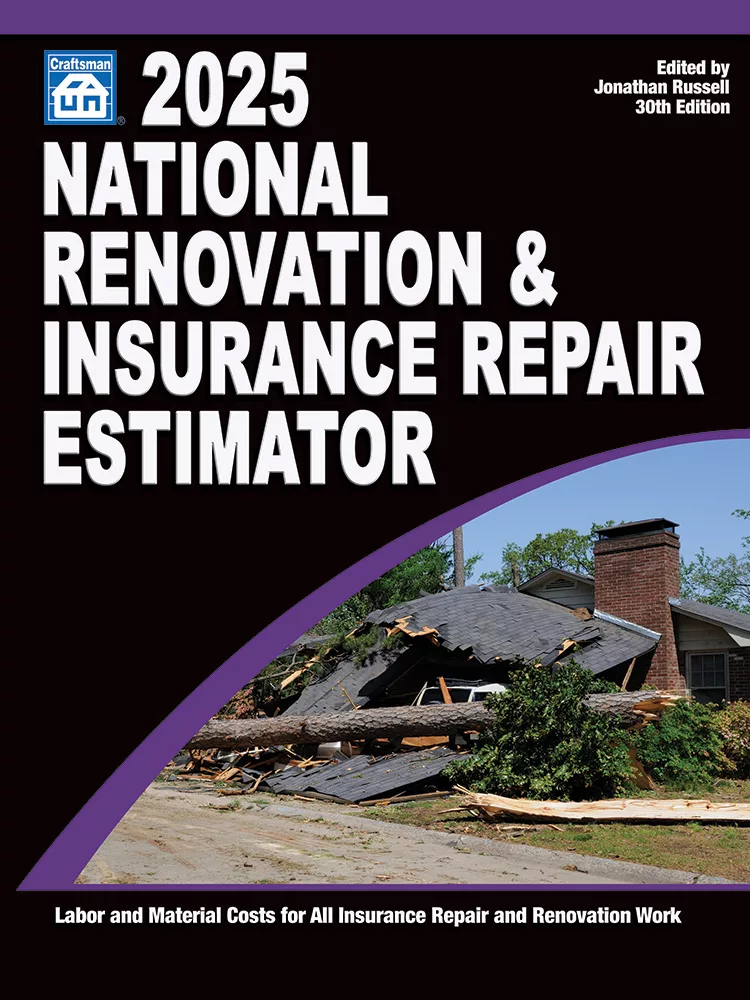Macro Insurance Industry Trends and the Restoration Contractor

Major changes in the property and casualty insurance business are coming. Now is the time to plan for these changes to avoid the predicted turmoil in the insurance marketplace.
The economic crisis is having a hidden effect on the insurance business. We are all familiar with the financial problems in the banking sector; however, with the exception of AIG, there is little general press on the trouble brewing in the insurance business.
The insurance trade press is full of articles detailing how much money the insurance companies are losing on a very broad basis. For example, Swiss Reinsurance Company lost 40 percent of its market value in the last quarter of 2008. Reinsurance companies insure traditional insurance companies against higher than expected claims. The reinsurance industry is dominated by a small handful of global players. They have the unique ability to quickly convert earthquake losses in Italy into higher insurance premiums on pig farms in Iowa. Major changes in insurance pricing due to the increased cost of reinsurance are in the works.
Domestic insurance companies are losing money as a result of six straight years of gas-war-type price cutting. Price cutting in the hotly competitive market to insure restoration contactors business is rampant, with a doubling of the number of insurance companies targeting the sector. It is a buyer’s market for business insurance on restoration firms today. This is a good time to buy broad coverage and high limits.
As a restoration contractor, you both purchase insurance from and work for insurance companies; therefore, your business is exposed more than most by the pending macro changes in the insurance industry. Eventually, insurance companies must make dramatic moves to restore their profitability. Astute insurance planning and working strategies will allow you to operate your business unscathed by the pending upheaval in the insurance marketplace.
Unprofitable insurance company operations will affect your business in four major ways:
Trend No. 1
On a normal renewal, I would expect rate increases in the 12 percent range over the next couple of years, starting in the first quarter of 2010. To make a profit, insurance companies can either bring more money in the front door (increase premiums) or pay less out the back (reduce claims).Insurance companies are not making money from their investments and have already laid-off employees to bare-bones levels, so increased premiums and more restrictive claims payments are inevitably in the works.
If you are currently with a financially stable insurance company, and that company is committed to writing insurance on restoration contractors, you will sail through this period without a major problem on your business insurance costs.
As bad as a 12 percent rate increase sounds, it helps to remember that rates for restoration contractors have been decreasing at twice that rate for the past four years as new companies entered the market to provide business liability insurance packages to restoration contractors.
Like any other industry, new players have to reduce price to gain market share. Like any other industry, the new entry price becomes the market price as the incumbents strive to retain their customer base. As a result, mold remediators today are paying insurance rates for customized insurance packages that are reflective of the rates paid by a traditional remodeling contractor who does not have coverage for mold, asbestos or lead-related losses which the restoration contractor has covered.
Trend No. 2
I expect a repeat of previous hard insurance markets, with insurance companies non-renewing the insurance policies of their customers that are not within the insurance company’s core strengths and target markets.This move to core business segments always takes place in hard insurance markets across all classes of businesses. The potential trap for restoration contractors is, unlike traditional insurance policies, the best quality package insurance policies sold to restoration contractors contain true environmental coverage.
Of the more than 2,000 licensed property and casualty insurance companies in the United States, only 10 or so offer specialized liability insurance policies to restoration contractors. If even just five insurance companies drop out of the market to divert their capital to their “core” classes of business, the restoration insurance market capacity drops by half.
It will not matter that there are 2,000 more insurance companies out there; they cannot provide the essential environmental coverage line needed to properly insure a restoration contractor.
Environmental coverage as a core strength in the insurance business is rare. To illustrate the point of shrinking back into core markets, in 1986, 86 out of the 87 insurance companies offering environmental insurance at the beginning of the year completely dropped out of the market over a six-month period of time. I do not expect anything like that again, but it has happened.
If your insurance company decides to exit the restoration insurance market, without a renewal option on the table you could be looking for a new home for your business insurance in the worst possible market conditions. The adverse situation will be exacerbated by the albatross of a non-renewal history hanging over your head, which will remain, similar to a speeding ticket, on your insurance record for years into the future.
Premium increases measured in the hundreds of percentage points are common in this scenario. This entire situation is easy to avoid; team up with a stable insurance company that has made a significant investment in your business sector and stay there through the cycle.
Trend No. 3
Insurance companies will enforce more exclusions to improve their profits. Although insurance companies will never send out a memo instructing their adjusters to cut back on claims payments, cutting back on claims by adhering more strictly to the exclusions already in the policy language is an obvious way for insurance companies to increase profits.I have observed with interest that while the insurance companies issue tens of millions of total mold and bacteria “related loss” exclusions each year, tens of thousands of mold and bacteria “related” losses are paid each year as water-damage claims with no regard to the new, onerous anti-concurrent mold and bacteria exclusions present in almost all insurance policies sold today.
The potential is always there for adjusters to clamp down on these exclusions and deny many more mold and bacteria related losses than they have in the past. The insurance companies would not need to send out a memo instructing the adjustors to deny more losses; all they need to do is “enlighten” their adjusters on the insurance coverage case law regarding these exclusions.
The case law, some of which developed out of the Katrina losses, universally favors the carrier in denying coverage. This enlightenment of the adjusters could leave you with unpaid bills for the work you perform that has been paid for in the past. For example, a sewer back-up job with its Category 3 Water technically meets the definition of an excluded “bacteria-related loss.”
These exclusions as written are much farther reaching than most claims adjusters apparently realize. You need to be aware of these universal exclusions in virtually all insurance policies today. Try to avoid the “M and B” phrase in your work plans, the presence of which could trigger these exclusions in a broad array of possible circumstances, none of which are good for you. Also closely monitor the coverage determinations of the claims adjuster in order to predict if you are performing services for which coverage may be denied.

Trend No. 4
You will need to tailor your insurance policies to address mold and bacteria exclusions as well. A common variation of the fungus and bacteria exclusion endorsement on General Liability policies can essentially be read as the “we do not insure any work you do related to a mold or bacteria clean up” exclusion.In effect, these exclusions delete all the coverage for any loss arising from the work site, not just losses arising from mold or bacteria. Your liability insurance policies need to be designed to address these otherwise excluded services.
A fix for this coverage gap is to switch over to a combined General Liability/Contractors Environmental Liability/Professional Liability policy. There are good options which may actually save you premium dollars and close the coverage gap in the GL policy. But you need to choose that insurance company carefully because you will need to be with them for a few years. In this selection the premium charged should be secondary to the coverage and market stability, because the options vary widely on these critically important criteria.
Following these four simple strategies will get you through the next hard insurance market unscathed.
Looking for a reprint of this article?
From high-res PDFs to custom plaques, order your copy today!







